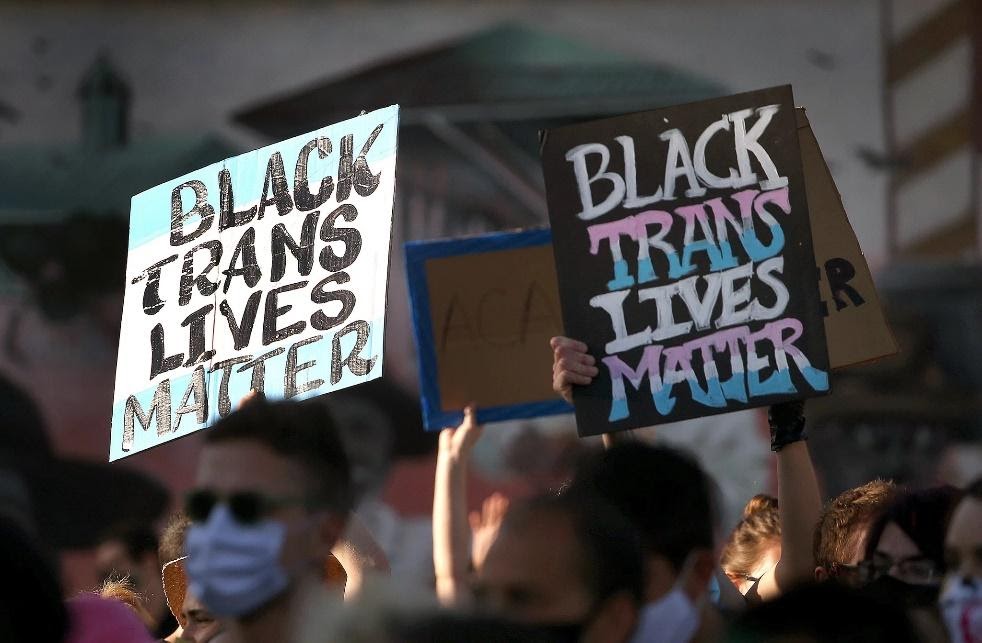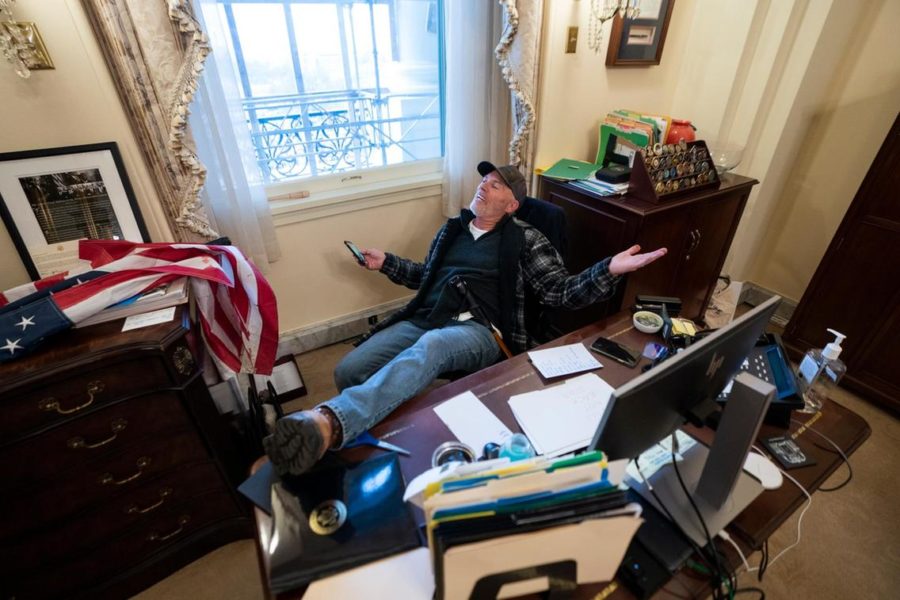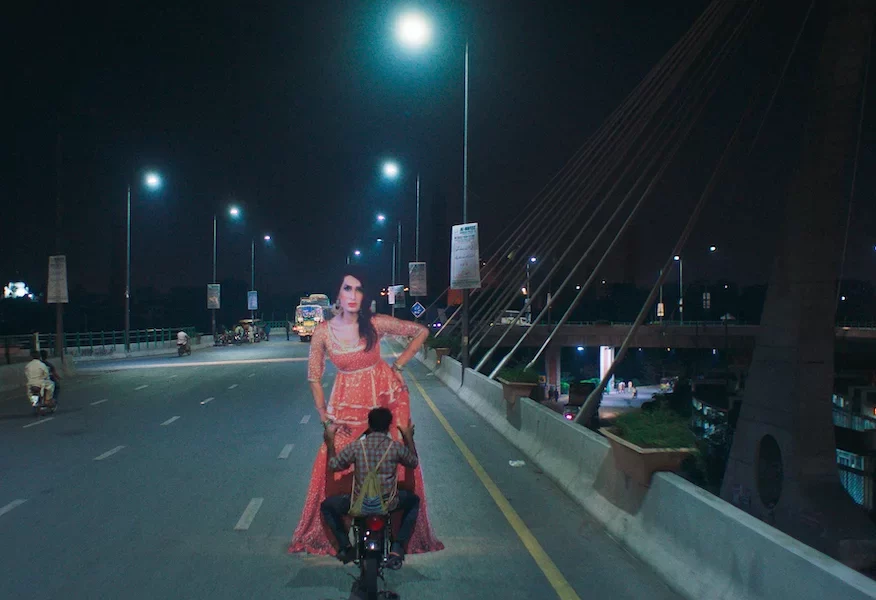Lauren Hurrell explores LGBTQ+ History, celebrating pride from home and the connections between the Black Lives Matter movement and the LGBTQ+ movement, especially given the role that black transgender women have played in its history…

PRIDE 2020: A BRIEF HISTORY AND HOW TO CELEBRATE FROM HOME
Pride month is looking very different this year, with no parade to attend due to lockdown restrictions as a result of COVID-19. Alternatively, we can celebrate Pride by learning and remembering its origins. Granted, there’s not so much glitter involved, but there’s nothing to stop you from getting glittery from home at the same time. Given the growing Black Lives Matter movement, it is important to recognise the key role that Black members of the LGBTQ+ community played in paving the way for LGBTQ+ rights as we know them today.
WHAT IS PRIDE?
Every year we celebrate Pride in a variety of ways. Pride as it’s known today is the promotion of the self-affirmation, dignity, equality, and increased visibility of lesbian, gay, bisexual, transgender and queer people as a social group. The idea of celebrating Pride comes from the reclaiming of an oppressive history, where the LGBTQ+ community was continuously marginalised, both socially and legislatively. The acronym is often expanded to LGBTQIA+ to be more inclusive of intersex and asexual identities. The term “queer” is also frequently used to encompass more intersectional identities where a label is deemed too prescriptive.
From solemn to carnivalesque displays, Pride events are typically held in June during LGBTQ+ Pride Month or other times that commemorate a turning point in the host country’s queer history. The main Pride parade we know is a commemoration of the Stonewall riots which happened in the early hours of June 28th 1969. Many Pride events around the world typically take the form of a festival, parade or march.
“Certainly the gay, lesbian, bisexual, transgender movement would not have been conceptualised in the same way had it not happened against the backdrop of the Civil Rights Movement” – Angela Davis, American political activist, philosopher, academic, and author.
THE HISTORY OF LGBTQ+ SYMBOLS/ THE PRIDE FLAG:
The two most-recognised international LGBTQ+ symbols are the pink triangle and the rainbow flag. The prior was initially used as a symbol to identify and shame gay people in Nazi Germany, and has since been reclaimed. The rainbow flag has also seen an evolution of its own. It was first used by openly gay artist and activist, Gilbert Baker, at the San Francisco Gay Freedom Day Parade on June 25th 1978. It was further popularised due to high demand following the assassination of Harvey Milk on November 27th later that year. It originally included eight stripes, with the hot pink stripe removed due to fabric unavailability in its production. In 1979, it was modified again. This was so the physical flag could be split down the middle to decorate the two sides of the parade route in the San Francisco parade. The indigo and turquoise stripes were merged into royal blue as a result, becoming the popularised six-stripe flag, making this split easier with an even number of stripes. This has most recently been redesigned to include the pink and blue stripes of the transgender community’s flag, as well as the black and brown stripes to represent the BAME LGBTQ+ community.
THE STONEWALL RIOTS:
The Stonewall riots were a series of spontaneous, violent demonstrations by members of the LGBTQ+ community in response to a police raid on the Stonewall Inn in the neighbourhood of Greenwich Village in Manhattan, New York City. Patrons of the Stonewall Inn, other Village lesbian and gay bars, and people in neighbouring streets fought back when the police became violent. The riots are widely considered to constitute one of the most important events leading to the gay liberation movement. Two of the most prominent figures in the Stonewall riots were Stormé DeLarverie (below), a black lesbian who allegedly threw the first punch of resistance in the police raid, and Marsha P Johnson (below), a black transgender woman, who became iconic for her activism in the movement.
PRIDE ONLINE AND AT HOME:
With the interruption of COVID-19, large gatherings and parades won’t be a feature of this year’s Pride celebrations. Whilst it won’t be the same as a parade, we can still celebrate and learn about Pride online and at home.
Global Pride took place on June 27th. World leaders, royalty, pop stars and drag queens anchored this year’s 24-hour Global Pride livestream, the first worldwide LGBTQ+ event, centralising the Black Lives Matter movement. Todrick Hall hosted the stream of music, performances, speeches and messages of support.
While UK Black Pride has been postponed, Pride Inside will take its place from the 28th June to 5th July, including online gigs, comedy shows, panel discussions, and arts-based events. Conducted by Amnesty International, the main purpose of this event is to celebrate the LGBTQ+ people of Asian, Latin American, Caribbean, African and Middle Eastern heritage.
BOOKS AND FILMS TO READ AND WATCH THIS PRIDE:
There are also plenty of books to read, such as Sister Outsider by Audre Lorde; the essential writings of the black lesbian poet, taking on sexism, racism, ageism, homophobia, and class, and propounding social difference as a vehicle for action and change. We Are Everywhere by Matthew Riemer and Leighton Brown is a rich and sweeping photographic history of the Queer Liberation Movement, from the creators and curators of the massively popular Instagram account @lgbt_history. Other places to find BAME and LGBTQ+ books and reading lists are available online. Try to support independent, queer- and BAME-owned businesses where you can. Here are some alternatives to Amazon:
- Category Is Books: A queer bookshop based in Glasgow offering UK-wide delivery https://www.categoryisbooks.com/
- Waterstones https://www.waterstones.com/campaign/Pride
- Foyles
https://www.foyles.co.uk/Pride
You can also retreat to Netflix and indulge in Pose (2018), a drama series about New York City’s African-American and Latino LGBTQ+ and gender-nonconforming ballroom culture scene in the 1980s-90s, or the popular show Queer Eye (2018), a reboot of the Bravo series of the same name, featuring a new Fab Five: Antoni, Tan, Karamo, Bobby and Jonathan. A new film on Netflix called Disclosure (2020) follows leading trans creatives and thinkers who share heartfelt perspectives and analysis about Hollywood’s impact on the trans community.
THE CONNECTIONS BETWEEN THE BLACK LIVES MATTER MOVEMENT AND THE LGBTQ+ MOVEMENT:
Following the recent murder of George Floyd, the Black Lives Matter movement has had increased traction and support. It is rooting for an end to systemic racism, police brutality and justice for the lives who have been lost to police brutality and violence on the grounds of racial discrimination. It is incredibly important to understand the connection between the Black Lives Matter movement and the LGBTQ+ movement, given the latter’s history and the prominence of Black transgender women in its making.
On May 27th this year, police shot and killed Tony McDade, a 38-year-old black transgender man in Tallahassee, USA. McDade’s death is said to be the 12th violent death of a transgender or gender nonconforming person in the US in 2020. In 2013, the National Coalition of Anti-Violence Programs reported that transgender people of colour were six times more likely to experience physical violence from the police compared to white cisgender people.
On Sunday June 14th, The Black Trans Lives Matter rally took place in New York City, one of many nationwide, after two black trans women – Dominique “Rem’Mie” Fells, 27, from Philadelphia, and Riah Milton, 25, from Cincinnati, Ohio – were murdered that week. This summer will also be the 25-year anniversary of the death of Tyra Hunter, a black trans woman who died after being injured in a car accident, who was then refused care on the discovery that she was transgender, leading to her death in 1985. The deaths of trans people often go unreported and without charges; a result of systemic oppression that the community continues to face.
In 2020, transgender people are still not legally recognised and remain unprotected by laws across many parts of the world. Anti-trans discourse still floods the media. Transgender people are the least represented and protected community within the LGBTQ+ acronym. It is incredibly important that we acknowledge the intersections of marginalised communities and continue to fight for the rights of all identities in the LGBTQ+ community, particularly those who have historically experienced the most oppression as a result of the intersections of race, sexuality, gender and class. We cannot forget that the first Pride was a riot at the Stonewall Inn, and it started with black trans women, the leaders of the LGBTQ+ rights movements as we know it today.
Pride should be fun. It’s a celebration after all, but it started as a riot. In these times, its important to recognise the privilege many of us can exist with now, particularly when the history interlinks more importantly than ever. If there is anything we can do this Pride season, it is to use our privilege where we have it for those who do not, to be vocal, to listen, learn, and fight for the equality of those who are most marginalised, not just in wider society, but also from within the LGBTQ+ community itself.
“I am not free while any woman is unfree, even when her shackles are very different from my own.” – Audre Lorde, American writer, feminist, womanist, librarian, and civil rights activist. She was a self-described “black, lesbian, mother, warrior, poet.”
More information on how to support the Black Trans Lives Matter movement can be found here.



Leave a Comment